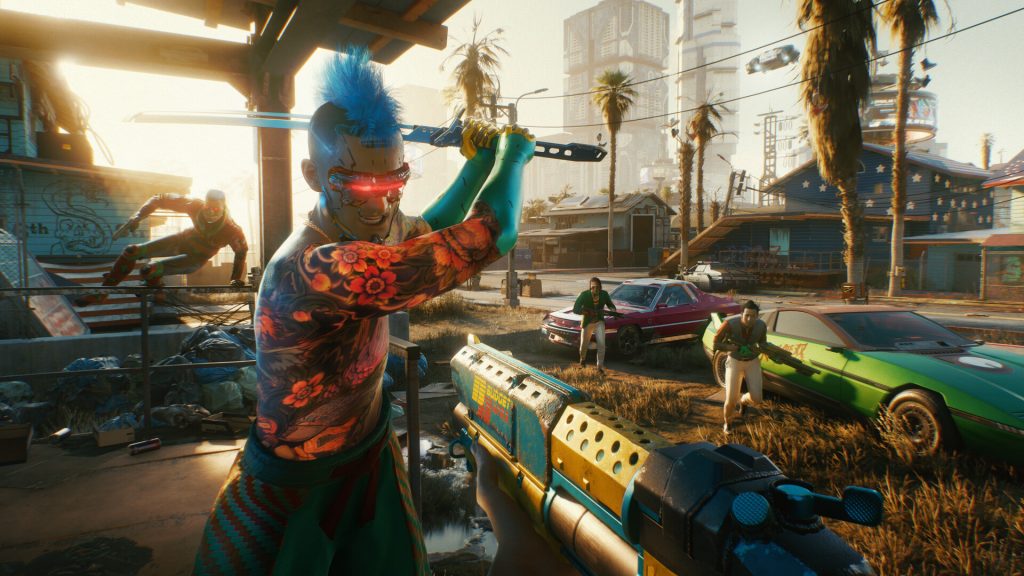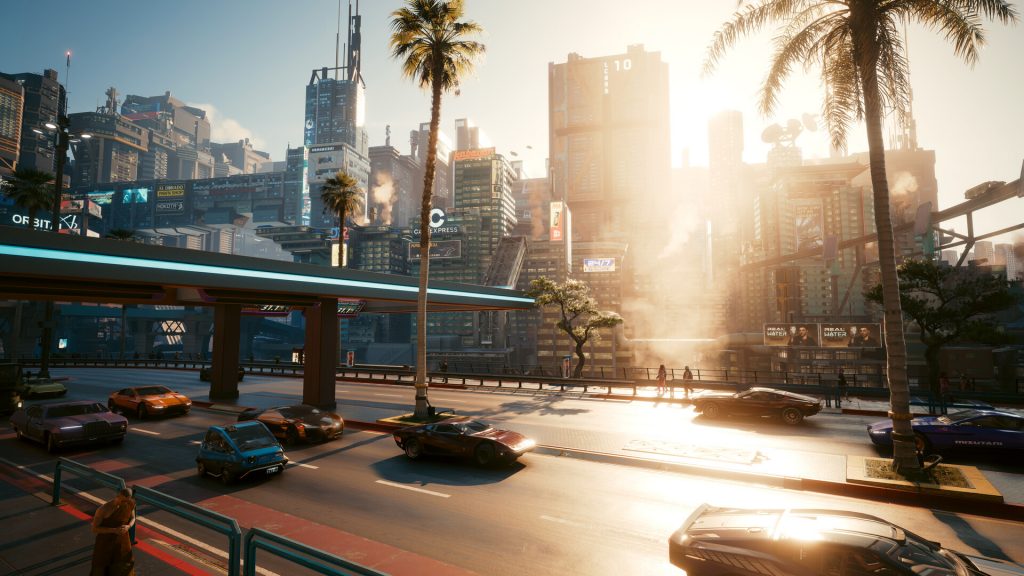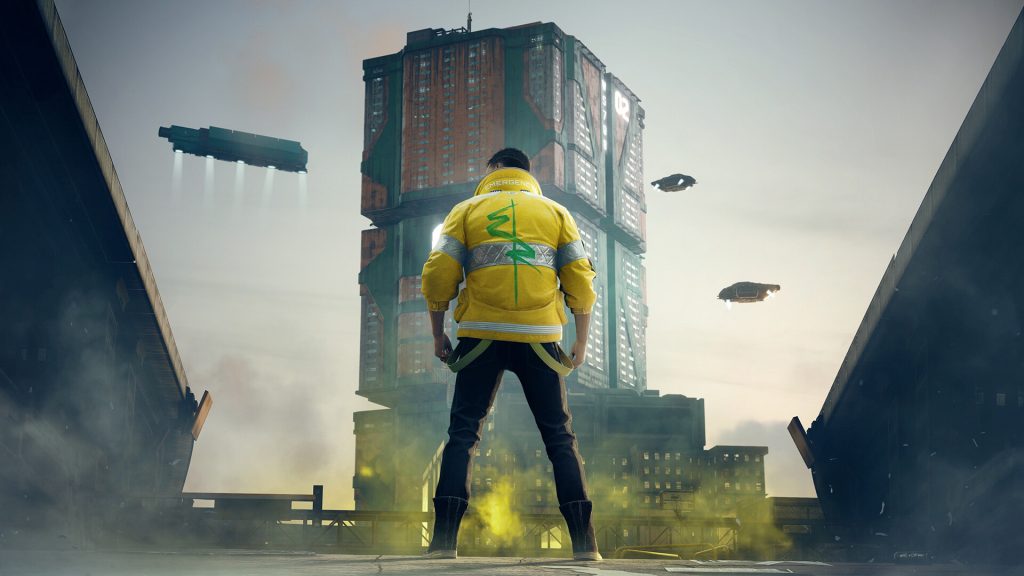Cyberpunk 2077‘s vision of the future might seem a little extreme compared to our current timeline, but there are some inescapable similarities. Corporations run everything, with governments just being hollow, corrupt shells. The general population is image-obsessed, practically being fed advertisements by tube, and your position in life is generally determined by the amount of cash you’ve got available.
I’ve been replaying Cyberpunk 2077 recently, and I’ve taken my time with it. Rather than rushing to outrun the bugs and beat the game, I’ve been submerging myself in CDPROJEKT‘s gorgeous (if slightly empty) dystopia, focusing on the day-to-day life of a mercenary in Night City. I’m completing gigs for fixers at a rapid pace, roleplaying as an ex-Nomad who takes pride in carrying out jobs exactly as I’m paid to do. My V this time is a talented netrunner who can reduce enemy networks to chaos, tripping turrets and spreading viruses with ease before moving in with a handgun to execute any survivors.

For everything Cyberpunk gets right, though, it gets something else wrong. This is obviously due to its adherence to the source material in some cases, but the future of 2077 is actually quite different to the one we’re really looking at. Here are three of the biggest things we think it gets wrong.
Climate change
If the original Cyberpunk role-playing game was made now, we’d be damn sure to see more of a focus on climate change. How would this be represented in-game? Maybe rampant wildfires with specialised, Trauma Team-esque units deployed to deal with them. Completely eroded coastlines, with entire sections of the map, flooded. Cyberpunk 2077‘s world would have benefitted massively from more of these environmental hazards, and it would have grounded the game’s near-future world in our own even deeper.

The world is heating up at an incredible pace, and we could be looking at a totally different environment by 2077. That’d just add one extra layer of misery to life in Night City. Add to that the way the worldwide energy crisis is shaping up and there might well be rolling blackouts in the mix too.
Money
One thing Mike Pondsmith couldn’t have counted on was the dawn of cryptocurrency. The decentralisation of finance is something he certainly would have written into Cyberpunk‘s vision of the future if he’d had a hint of it before. If not as an overarching plot theme, certainly as offhand references. Johnny Silverhand talking about getting a bitcoin loan, and scammy emails from crypto investment ‘moguls’.

We certainly won’t be roaming around the place picking up rolls of paper currency. In modern-day Britain, that seems particularly insane. It might actually be quite interesting to see cryptocurrency as an extreme counterculture against Cyberpunk‘s massive, all-powerful corporations. Just little clusters of people trading dogecoin for pizza or something.
The core of Cyberpunk: Body modification
Now, this is a bit of a sticky one, because Cyberpunk 2077 didn’t do too well-representing body modifications at first. In the original version of the game, you couldn’t even change your character’s appearance after creation – something that seemed bizarre in a city obsessed with image. That’s been changed now, along with the addition of a transmog system that stops your character from looking like they’ve been rolled through a bargain bin.
Honestly, it still seems like a lot of this technology is distant future rather than the relatively near 2077. It might have seemed feasible back in 1988 when the original RPG was released, but we won’t be getting robot arms for a while now, and certainly not at the mass-consumer level. Just look at the amount of trouble we had getting PS5s out to everyone who wanted to buy one.
For more opinion pieces like this click right HERE.